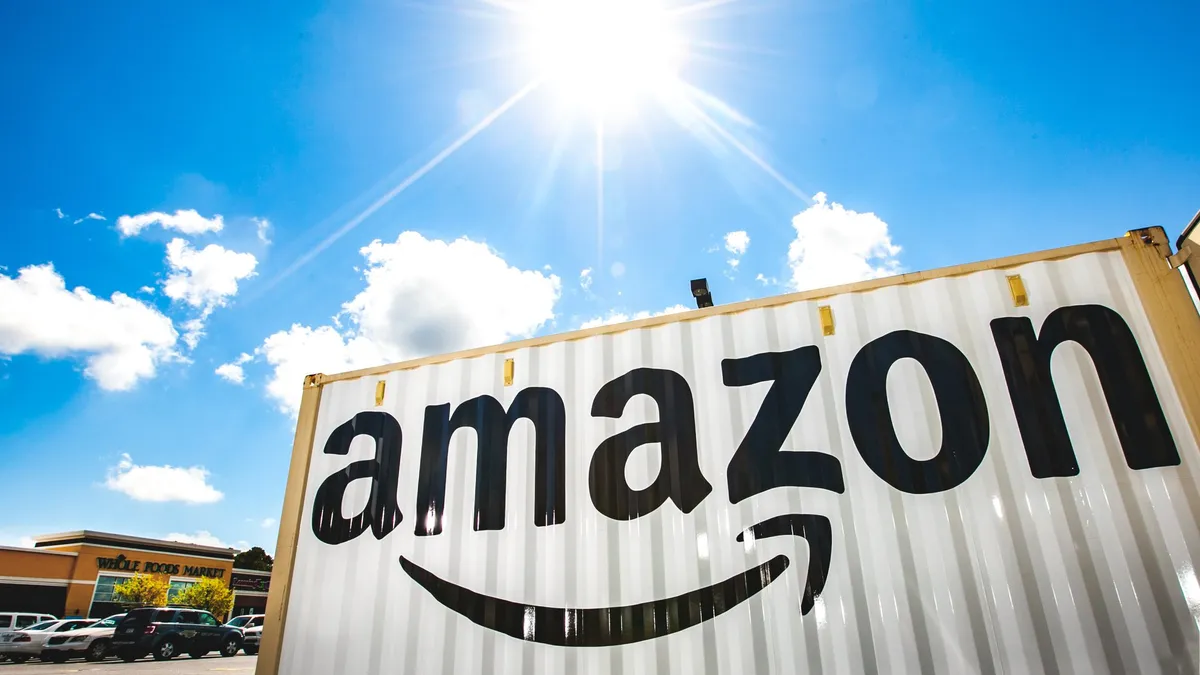Dive Brief:
- Adding another financial service for its sellers, Amazon has teamed up with Parafin, a U.S.-based financial services firm, to offer cash advances to merchants, the e-commerce company announced on Tuesday.
- Sellers can access from $500 to $10 million to grow their businesses without fixed terms, credit checks, late fees or extensive paperwork. The repayment schedule for the loans will be based on a fixed percentage of their gross merchandise sales until the loan is repaid.
- There are no minimum payments, interest or collateral required for the loan, but sellers must pay a fixed capital fee. Amazon introduced the financing option to select American businesses Tuesday, and will make the service available to “hundreds of thousands of sellers by early 2023,” per the announcement.
Dive Insight:
With the move, Amazon is delving deeper into the financial services industry. The retailer rolled out the cash advance option alongside existing financial products, including term loans, interest-only loans and lines of credit.
“This latest offering significantly expands sellers’ reach and capabilities, and broadens their access to capital in a flexible way — one that helps them control their cashflow, and by extension, their entire business,” Tai Koottatep, an Amazon director overseeing business-to-business payments and lending, said in a statement.
Besides the cash advance program, Amazon has further enmeshed itself within its sellers’ finances. In July, the company unveiled a digital wallet service to let merchants hold and transfer their funds from the wallet to their bank accounts. Aside from currency conversion and international transfer fees, the service was otherwise free.
The e-commerce behemoth has also intertwined itself with shoppers’ finances. In April, Amazon introduced its “Buy with Prime” service, enabling customers to shop on websites beyond Amazon using their saved payment details and access Prime perks. Last month, the company announced that it would begin accepting Venmo payments via its website and mobile app.
In September, the company began offering sellers free access to its shipping technology to accelerate their fulfillment operations and reduce delivery expenses.
For the third quarter, the company’s retail e-commerce sales increased by 7% from last year to $53.5 billion, and its brick-and-mortar store sales jumped 10% to $4.7 billion. However, its North American arm swun to a $412 million loss compared to a profit for the quarter last year. During its conference call, the company acknowledged the possibility that it might not post a profit for the fourth quarter.











